Aviation is one of the safest forms of transportation globally, and the industry continues to see improvements and advancements in safety technology year after year. Hull losses are far less common than decades ago, and serious incidents are rarer. With many countries having strict aircraft safety regulations and training required to fly planes, most airlines have untarnished safety records in recent decades.
Some airlines, though, still face struggles that, many times, they cannot control. Considering accidents and troubling incidents, these are the world's five most dangerous airlines.
Nepal Airlines
Nepal Airlines flies only a modest schedule of flights and has limited international operations, but despite their small stature, they have had dozens of incidents and many major crashes. The challenging topography of the Himalayan Mountains is a major factor. Still, the far below-average safety record has undoubtedly influenced the decision to ban Nepal Airlines from flying in the European Union.
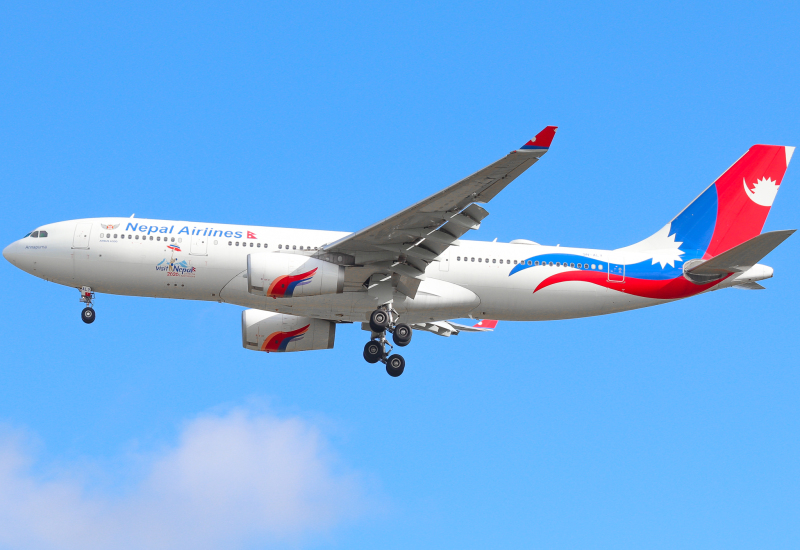
Kam Air
Some airlines have the unfortunate reality of operating in a country where war is the only constant in daily life. Unfortunately, that is the case for Kam Air, which has served Afghanistan since 2003. In that period, already more than 100 people have died in incidents stemming from the airline. In 2005, flight 904 crashed in poor weather, killing all 104 people onboard.
Another incident occurred in 2010 when the airline was banned from flying into the European Union after a cargo flight operated by the airline suffered a tail strike at Manston Airport in the United Kingdom due to being heavily overweight. Tailstrikes are rare, and this particular incident resulted in all the crew members being fired.
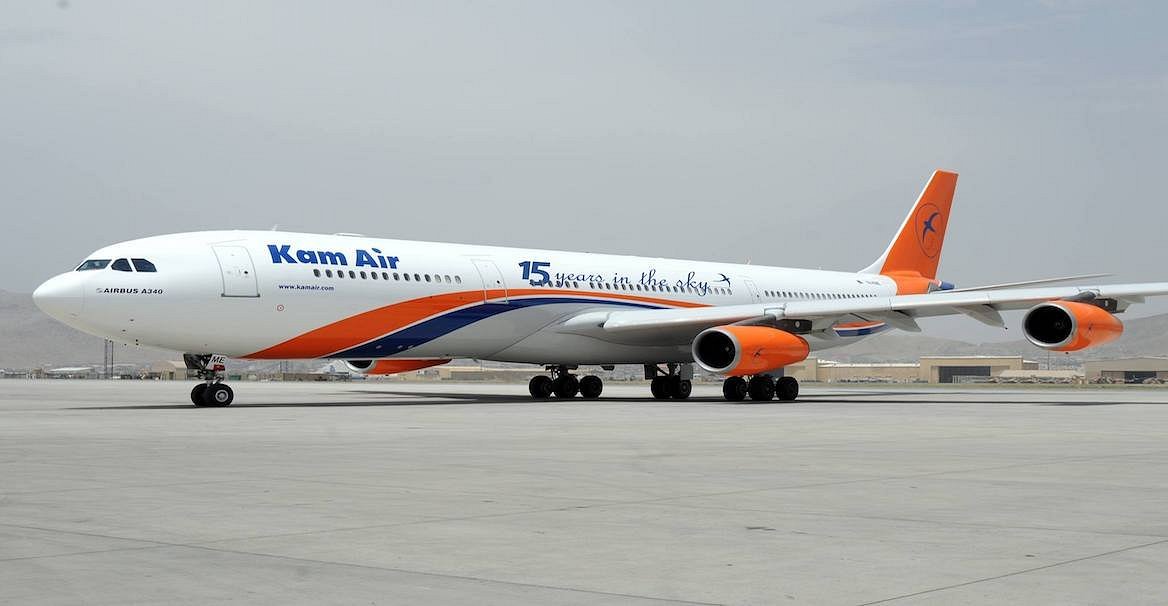
Lion Air
Indonesia's Lion Air gained infamy for the crash of Flight 610 in 2018, which set off a string of incidents that led to the grounding of the Boeing 737 MAX 8, but that incident is just the tip of the iceberg. Since the airline's founding in 1999, the airline has suffered numerous runway overruns, a data breach in 2019 resulting in the personal information of 35 million customers being compromised, and even a water crash landing in 2013.
The record is appalling, but compared to some of the other airlines on this list, Lion Air is far larger and carries far more passengers than some of its smaller counterparts. Indonesia is the world's fourth most populous nation, and Lion Air has seen a surge in traffic in recent years with its low fares.

Tara Air
Like Nepal Airlines, its compatriot, Tara Air, has a low safety record. At the same time, the airline does not have the volume of incidents that airlines like Lion Air have. Despite this, Tara Air has seen dozens of fatalities since its founding in 2009. Many of these stem from crashes attempting to land in the notoriously challenging Himalayan Mountains, where crashes have afflicted several airlines. That said, Tara Air does not have an internationally recognized safety certificate. Flying in Nepal is generally risky, but Tara Air elevates that risk.
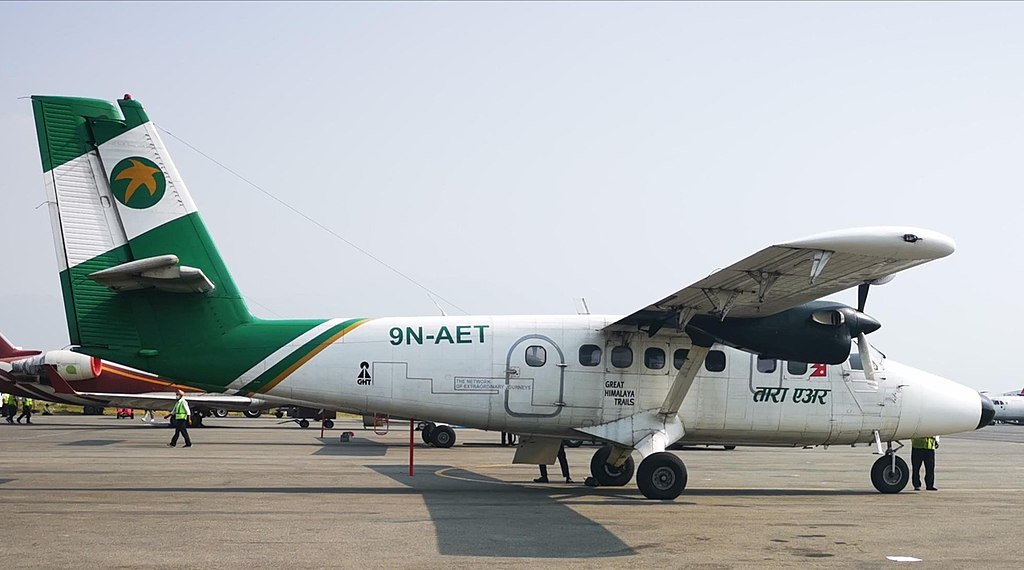
Daallo Airlines
Though Dubai-based Somali carrier Daallo Airlines only had one accident in its operational history, the airline is incident-prone, unlike any carrier on this list. The airline has encountered many hijacking and bombing incidents, and the airline management has continually dodged inquiries into these incidents. It is difficult to operate planes in the Horn of Africa. Still, with other major carriers flying through the region with limited difficulty, Daallo Airlines' record raises serious questions surrounding their competency in safety.
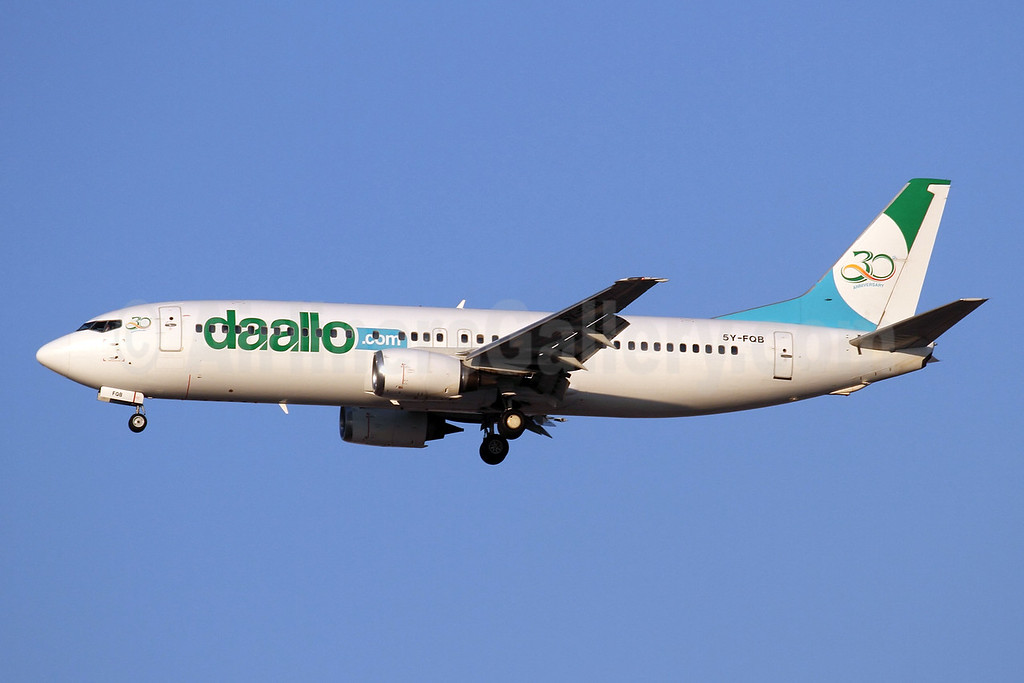
Many airlines on this list have been making concerted efforts to improve their safety record, and no doubt this list will look different in later years as safety evolves. Crashes lead to safety breakthroughs, and we should expect to see new advancements in safety well into the future.
This list also should be encouraging because most major airlines have not had particularly negative safety records in recent years. That is not to say that some major airlines have had problems. Still, strict safety regulations on major carriers flying international routes have generally created the safety standards we expect as passengers.
Comments (0)
Add Your Comment
SHARE
TAGS
INFORMATIONAL Safety Nepal Afghanistan Somalia Indonesia Lion Air Tara Air Daallo Airlines Kam Air Nepal Airlines Crash Investigation Flight SafetyRECENTLY PUBLISHED
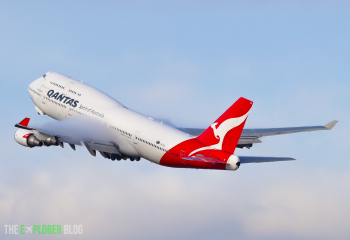 SpaceX Rocket Debris Forces Flight Delays for Qantas and SAA on Australia-South Africa Routes
Qantas and South African Airways (SAA) have faced flight delays and cancellations on their routes between Australia and South Africa due to falling debris from SpaceX rockets, Elon Musk's aerospace company.
NEWS
READ MORE »
SpaceX Rocket Debris Forces Flight Delays for Qantas and SAA on Australia-South Africa Routes
Qantas and South African Airways (SAA) have faced flight delays and cancellations on their routes between Australia and South Africa due to falling debris from SpaceX rockets, Elon Musk's aerospace company.
NEWS
READ MORE »
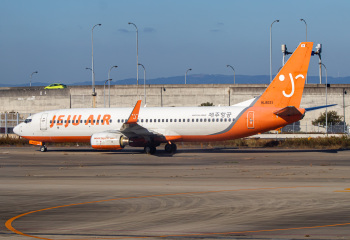 Jeju Air Black Box Flight Recorders Failed Minutes Before South Korean Plane Crash
The black boxes of the Jeju Air Boeing 737-800 aircraft that crashed several weeks ago in Muan, South Korea, stopped working during the last four minutes of the flight. The crash killed 179 of the 181 people onboard. Without the flight data and cockpit voice recorders, investigators now face a significant setback as they lack crucial information that promised to shed light on the incident.
NEWS
READ MORE »
Jeju Air Black Box Flight Recorders Failed Minutes Before South Korean Plane Crash
The black boxes of the Jeju Air Boeing 737-800 aircraft that crashed several weeks ago in Muan, South Korea, stopped working during the last four minutes of the flight. The crash killed 179 of the 181 people onboard. Without the flight data and cockpit voice recorders, investigators now face a significant setback as they lack crucial information that promised to shed light on the incident.
NEWS
READ MORE »
 4-Hour Flight Airborne for Nearly 8 Hours Following "Stabilizer Issues"
A Boeing 737-800 registered to UT Air made an emergency landing on January 7th. The flight, UT Air Flight 881, reportedly experienced "stabilizer issues" mid-flight, causing the aircraft to divert to Moscow Vnukovo Airport (VKO) 6 hours and 50 minutes after takeoff. None of the 173 passengers onboard were injured.
NEWS
READ MORE »
4-Hour Flight Airborne for Nearly 8 Hours Following "Stabilizer Issues"
A Boeing 737-800 registered to UT Air made an emergency landing on January 7th. The flight, UT Air Flight 881, reportedly experienced "stabilizer issues" mid-flight, causing the aircraft to divert to Moscow Vnukovo Airport (VKO) 6 hours and 50 minutes after takeoff. None of the 173 passengers onboard were injured.
NEWS
READ MORE »





